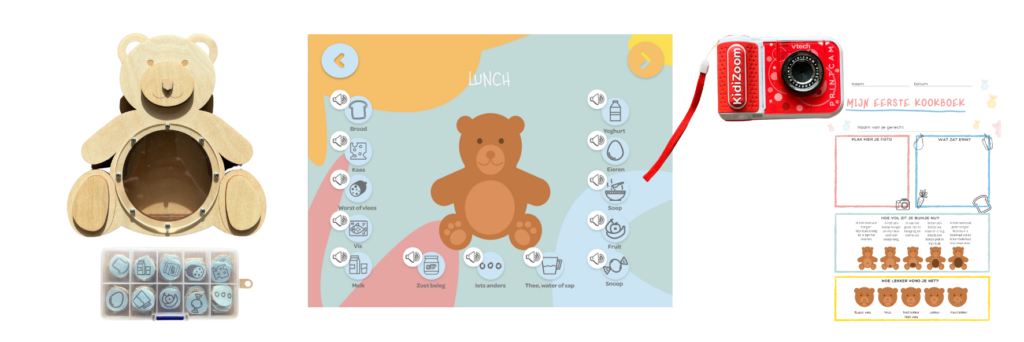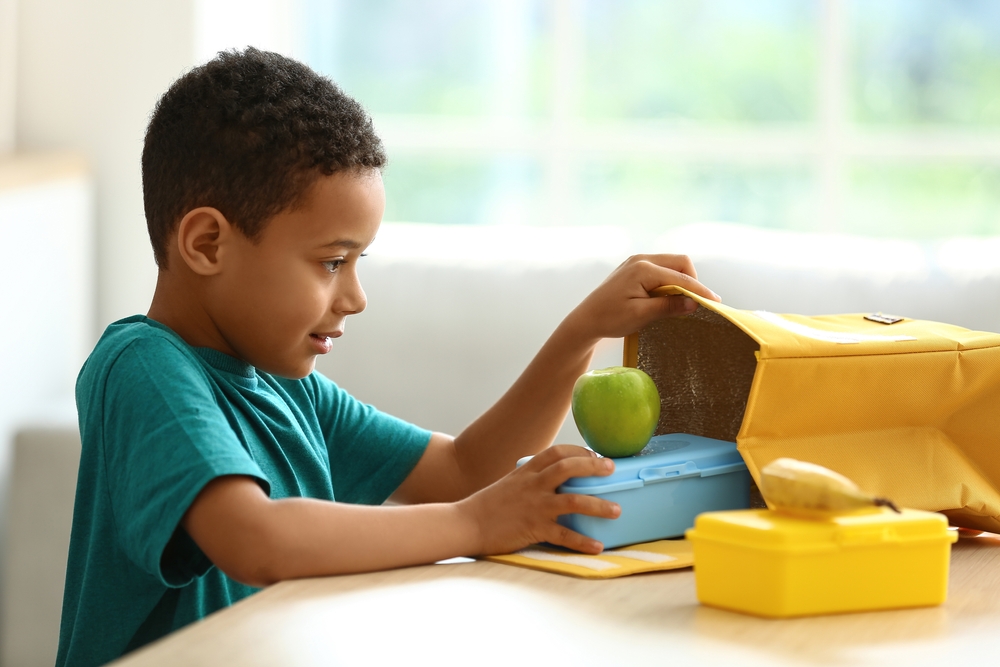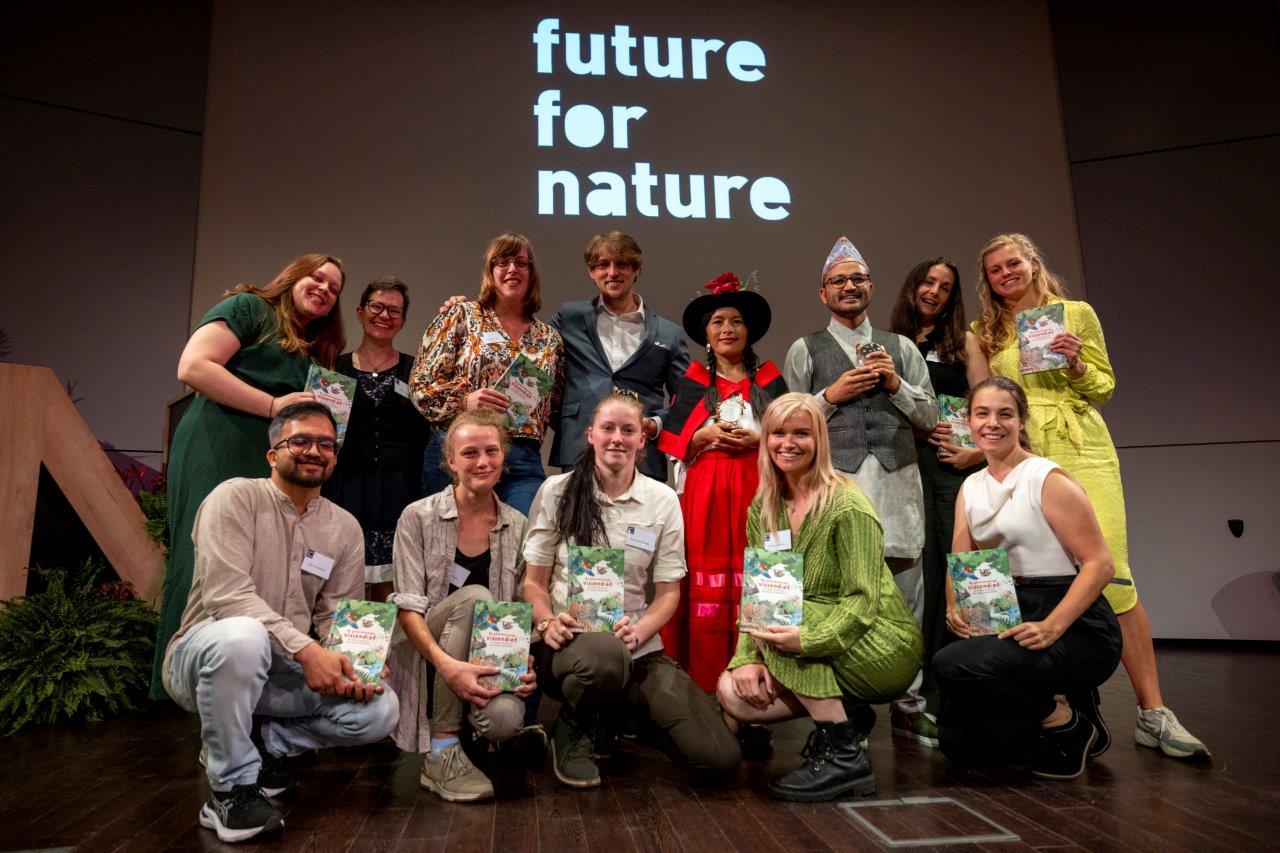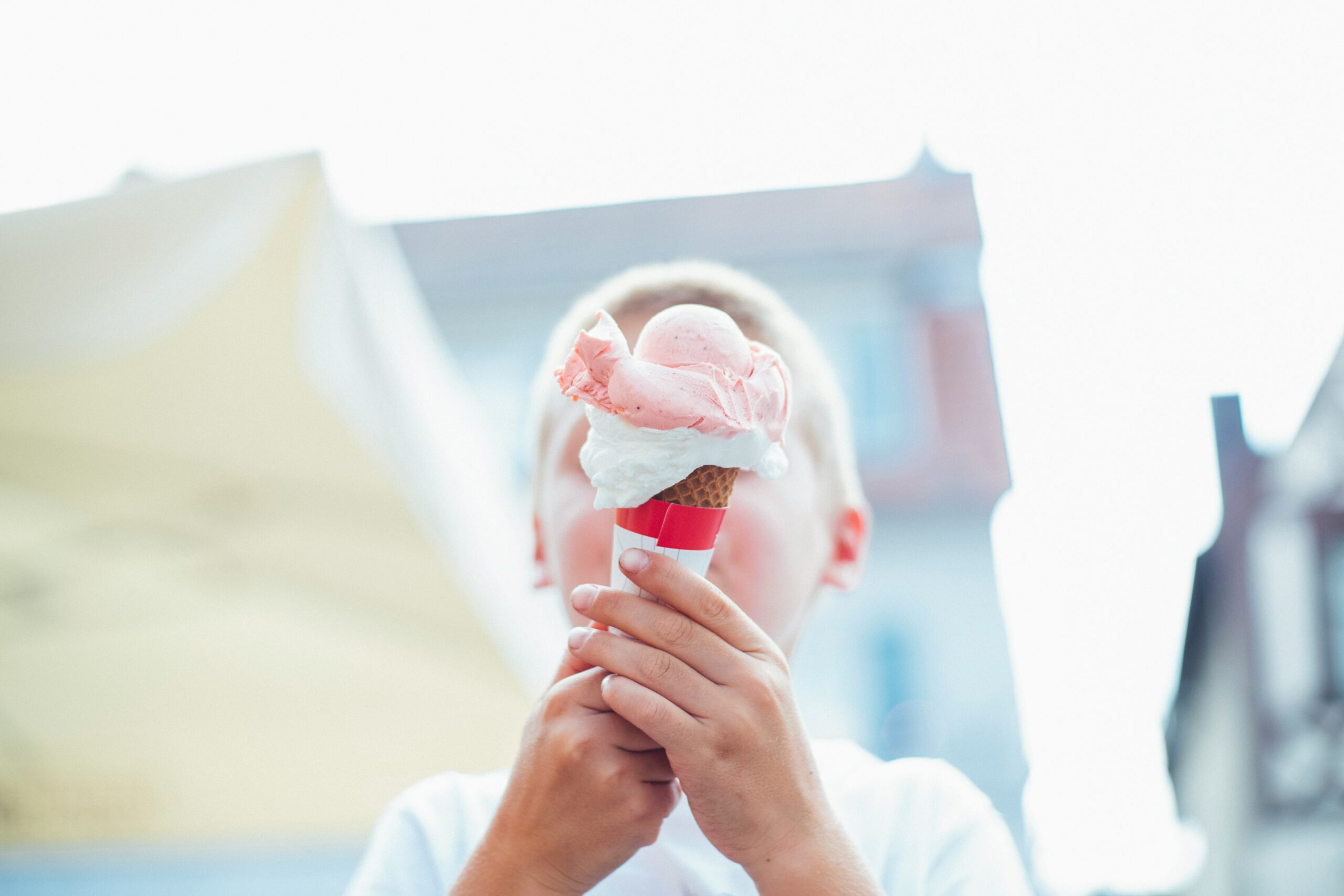PhD student Zoë van der Heijden (Human Nutrition and Health) developed a child-friendly registration tool to record food intake and tested it on five- and six-year-old children. She recently published her findings.
An increasing number of children are overweight or obese. Twelve per cent of the children in the Netherlands were overweight in 2021, with 3 per cent being classified as obese. Van der Heijden wants to address this issue. ‘The eating habits you develop during childhood impact the rest of your life. Children aged five and six will not do their own grocery shopping or cook their own meals but still have an influence on the family situation. We also hope to create some awareness.’
Child-friendly
‘We want to motivate children to make healthier, more sustainable choices by having them register their food intake in eating diaries. However, the currently available diaries do not match children’s cognitive development. The surveys are long and boring, and even adults have trouble completing them’, Van der Heijden says.
So, she decided to develop child-friendly journals. ‘Our goal was to develop a tool that would enable children to record their food intake in a fun way while also obtaining personal nutrition advice matching their situation, needs and wishes in a playful manner. For example, we won’t recommend meat if the child’s family is all vegetarian, nor rice if the father dislikes the taste.’
Bear piggybank
The researcher set out to make three prototypes that were then tested by fourteen young children at home. ‘The first is a type of cookbook. The children take pictures of their meals using a toy camera, which they then add to the pages of the booklet. Additionally, we had two different piggybanks. One was an actual bear-shaped piggybank. The other was a digital bear in an app. In both cases, the children “fed” the bear with coins representing the different food categories that matched the items they had for lunch. They would “feed” the bear the same “food” they had.’

Kinderen konden met alle varianten relatief goed overweg, vertelt Van der Heijden, maar ze hadden ook
All three tools were easy to use, Van der Heijden explains, but all three required some form of assistance. ‘They had trouble understanding how to categorise foods. Children tend to freeze when they encounter such user issues because they cannot complete their tasks. One of the children hit the prototype because they were unable to do what was asked of them.’
Perspective
Van der Heijden says this is valuable information. ‘When we started the study, we had not expected children to have trouble recognising the different food groups. This underscores the need to include the child’s perspective in how we frame problems and solutions.’
No single tool was seen as the most user-friendly. ‘The children liked all the prototypes and enjoyed helping. I was surprised to see that most five- or six-year-olds were able to recall what they had for lunch several hours later, and the bear helped them record this information. This opens possibilities for follow-up research on personalised nutrition education and interventions for children.’

 ‘I was surprised to see that most five- or six-year-olds were able to recall what they had for lunch several hours later.’ Photo Shutterstock
‘I was surprised to see that most five- or six-year-olds were able to recall what they had for lunch several hours later.’ Photo Shutterstock 

